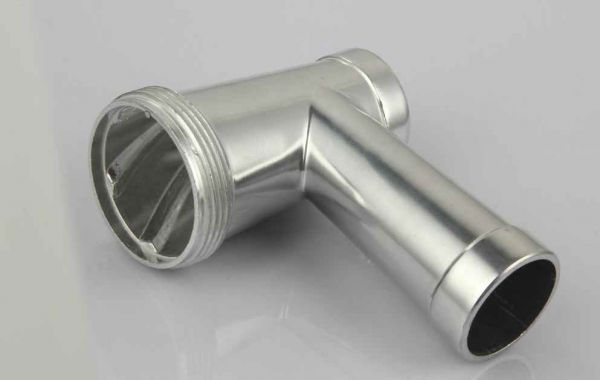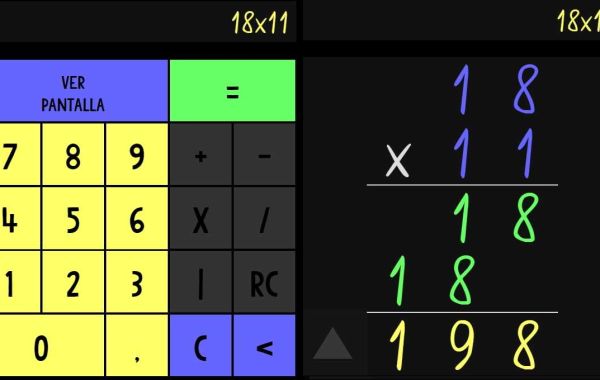Eccentric parts are common in the mechanical industry; these components are created using eccentric turning operations on a lathe. What exactly is eccentric turning and how is it done? Let us delve deeper into the subject of eccentric turning in this post (offset turning).
Lathe Machine Eccentric Turning Operation
Eccentric turning is a form of lathe operation that is also known as offset turning. It's usually used to machine parts with features that aren't concentric to the spindle axis, like a steam engine's eccentric drive or a crankshaft. The key distinction between turning and eccentric turning is the workpiece's center of rotation. The chuck's rotation axis and the workpiece's geometric axis are aligned during the turning process. The axis of rotation and the geometric axis of the workpiece are not aligned during eccentric spinning. The majority of CNC turning jobs are concentric, and the workpiece is kept in a three-jaw chuck. When the 3-jaw chuck is adjusted, both jaws shift in lockstep. A four-jaw chuck is typically used in eccentric spinning, or the piece is turned between centers. The 4 jaw chuck moves the jaws independently, allowing pieces to be shifted off-center.
Eccentric Parts: What Are They?
Eccentric sections are workpieces with external and internal axes that are parallel to each other but not in the same straight line. Since this type of workpiece can convert straight-line motion to rotary motion, it is commonly used in mechanical transmission. According to the forms of parallel axes, eccentric workpieces are divided into eccentric shafts and eccentric sleeves.
The eccentric shaft is the component in which the axes of the outer circles are parallel and not coincident, while the eccentric sleeve is the component in which the axes of the inner and outer circles are parallel and not coincident. Lathe machines are often used to process eccentric shafts and eccentric sleeves. The machining concepts of the two pieces are almost identical, with the clamping methods differing only slightly. The center of the eccentric part to be machined must be corrected to align with the center of the lathe spindle when machining eccentric parts on the lathe. The divergence distance between the datum axis and the real axis is referred to as eccentricity. Transmission systems, oil tanks, and all types of pumps all use eccentric components.
Turning Eccentric Parts on a Lathe - How to Turn Eccentric Parts on a Lathe
On a lathe press, how is eccentric turning accomplished? Turning eccentric parts according to a marking line and turning eccentric workpieces with a dial indicator are two methods for machining an eccentric workpiece with a four jaw chuck.
1. Using an eccentric workpiece, turn it according to the markings.
Align your work with the quirky circle you've drawn. This approach is only appropriate for eccentric turning parts with low machining accuracy requirements due to the labeling and alignment errors.
(1) Change the chuck claws such that two of them are symmetrical and the other two are asymmetrical before clamping the workpiece. The eccentricity of the workpiece is roughly equal to the distance from the spindle core. The opening distance between each pair of claws is slightly greater than the diameter of the clamping position of the workpiece, allowing the eccentric circle line of the workpiece to be clamped in the middle of the chuck.
(2) After clamping the workpiece, bring the tailstock center close to it, change the claw location to align the center with the eccentric circle's center, and then remove the tailstock.
(3) Align the marking needle tip with the side plain line on the workpiece's outer circle, move the bed saddle, and check for horizontality of the side plain line. If it isn't horizontal, tap it softly with a wooden hammer to make it so. Then rotate the workpiece 90 degrees, check and correct another side line, align the point of the scriber with the workpiece section's eccentric circle line, and correct the eccentric circle. The correction and adjustment are repeated in this manner until the two sidelines are horizontal and the eccentric circle's axis coincides with the lathe spindle's axis.
(4) Equally tighten the four claws. The turning will begin after testing and verifying that there is no displacement of the side plain line and eccentric circle line while tightening the claws.
2. Alignment should be done with a dial indicator.
It is self-evident that labeling alignment processing would not meet the accuracy requirements for eccentric components with small eccentricities and high machining accuracy requirements. It is important to align with the dial indicator at this time; in general, the eccentricity error can be monitored within 0.02mm. Because of the dial indicator's limited measuring range, it can only be used to match workpieces with eccentricities less than 5mm.
(1) Preliminarily align the workpiece using the marking line.
(2) The dial indicator is then used to fine-tune the orientation such that the eccentric circle's axis coincides with the lathe spindle's axis.
(3) Align the workpiece sideline such that the eccentric shaft's two axes are parallel.
(4) Make the eccentricity correct.
(5) The rough turning eccentricity operation conditions and precautions are the same as for needle alignment and turning eccentric workpiece.
(6) Examine the degree of eccentricity.
(7) Finish turning the eccentric circle's outer diameter to meet the machining accuracy specifications.







